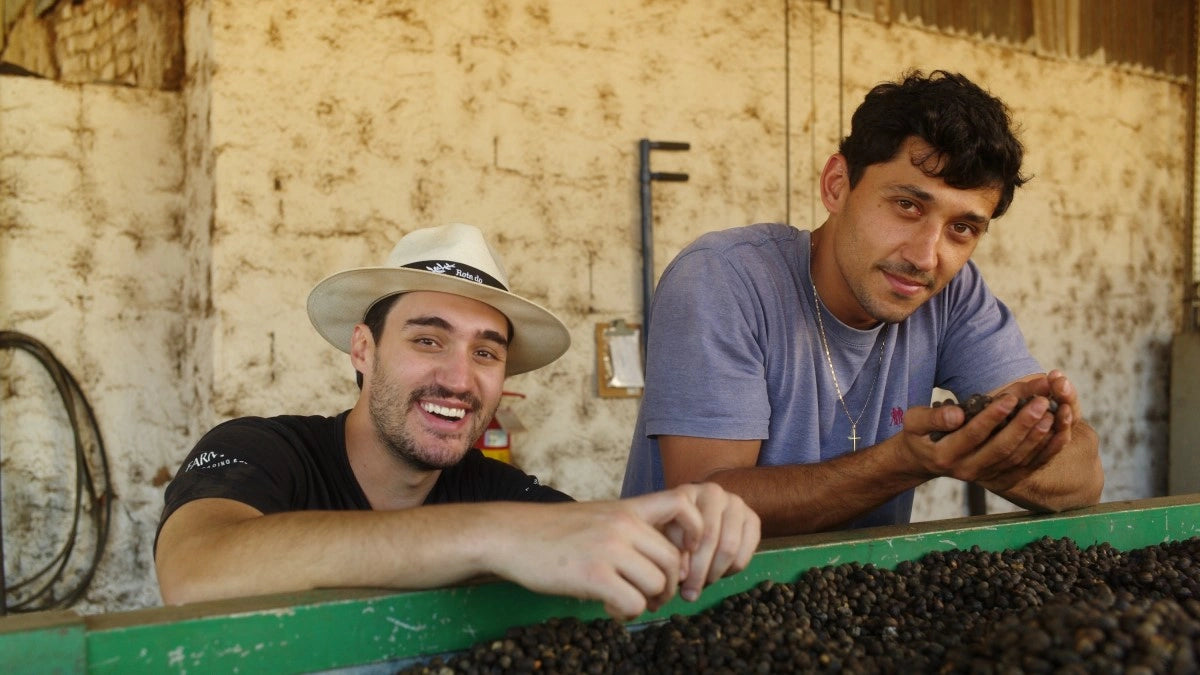Climate change is already beginning to affect coffee, and nowhere is this more apparent than in Brazil. The world's largest coffee exporter is particularly vulnerable to unseasonable or extreme weather due to a combination of geography and farming methods.
A recent study found that half of all coffee-growing land worldwide could be lost to climate change by 2050, and Brazil was the country deemed most at risk, potentially losing 79% of its land. The bulk of Brazilian coffee is grown in full sun on huge plantations at relatively low altitudes, which adds to the susceptibility to frost and drought because there is little protection for the coffee trees.
When a particularly hard frost hits a coffee farm, it can devastate more used to a mild, tropical climate. Freezing temperatures cause ice crystals to form within the plants’ cells, destroying buds, flowers, and fruit. Frost burn on leaves causes them to wilt, turn brown and die, which can potentially lead to complete defoliation.
In 2021, an unexpected frost hit much of Brazil and destroyed many thousands of coffee trees which, because of Brazil’s status as the global coffee producer, caused havoc in the wider supply chain. While Brazil continues to produce coffee in huge volumes, it's clear that climate change is an existential threat and new ideas are necessary.
Increasingly, forward-thinking farmers are looking to alternative, more sustainable ways to grow coffee such as regenerative farming and agroforestry. These practices utilise shade trees that provide cover from frost for delicate coffee trees, and shaded areas lose less moisture and are thus more drought-resistant.
One of these innovative farmers is Guilherme Foresti of Fazenda do Lobo, who has dedicated part of his family’s farm to an experimental agroforestry project—the result of which is now for sale on our website and in the roastery.
Gui has taken a small eucalyptus woodland planted by his father Marcos many years ago and planted a mix of Cedar trees, banana trees and the Arara variety of arabica coffee. “This practice is to reduce fertilisers, restore the soil and increase biodiversity,” Gui told Glen Lyon director Jamie during a visit in 2023.
Banana trees provide shade and the leaves that they shed act as a natural compost for the soil. Banana trees are also a great source of moisture as they hold onto water and help the coffee plants in times of drought, and the shade canopy also protects the coffee plants from frost.
As a result the three-year-old coffee plants are much healthier than those on the rest of the farm and have already produced a bumper first crop which was picked by hand rather than harvested by machine. This, together with the multi storied canopy above, also contributes to a lower carbon footprint on the farm.
Did you know?
- As well as their agroforestry project, Fazenda do Lobo supports wild animals like the maned wolf because it is Rainforest Alliance Certified and one third of the land is left uncultivated.
- Sitting almost 1,000 metres above sea level, the region of Minas Gerais is high compared to much of the rest of Brazil and covers an equivalent land area to France. Its altitude and distance from the equator makes it perfect for coffee and the state is responsible for growing 55% of Brazil’s entire crop.
Studies from around the world have shown that shade plants such as bananas can improve microclimate conditions and reduce the temperature of coffee-growing areas. Growing both together has been shown to generate 50% more income for farmers than growing either alone.
Pick up a bag of the Brazil Fazenda do Lobo Agroforestry Microlot here, or sign up for a single origin subscription where it's our coffee of the month for March

